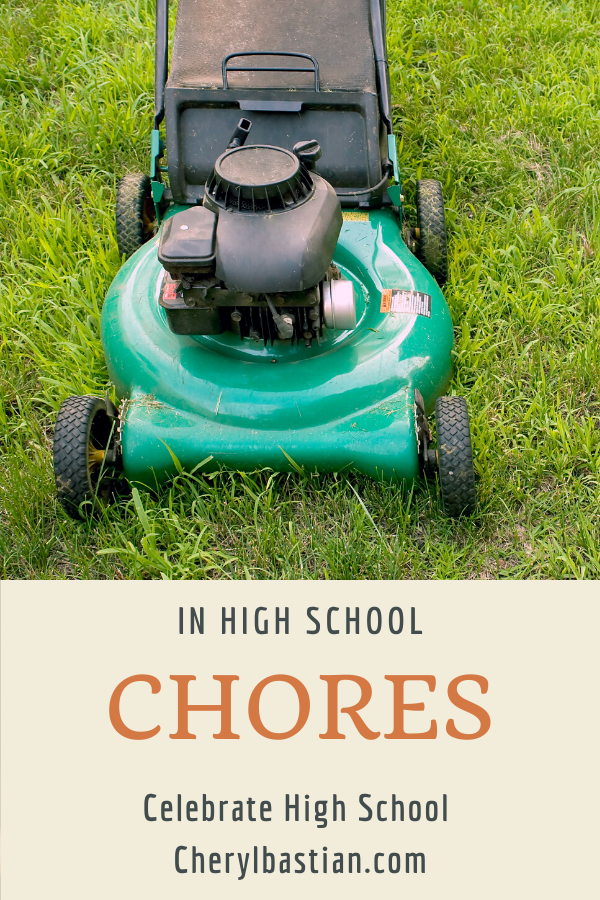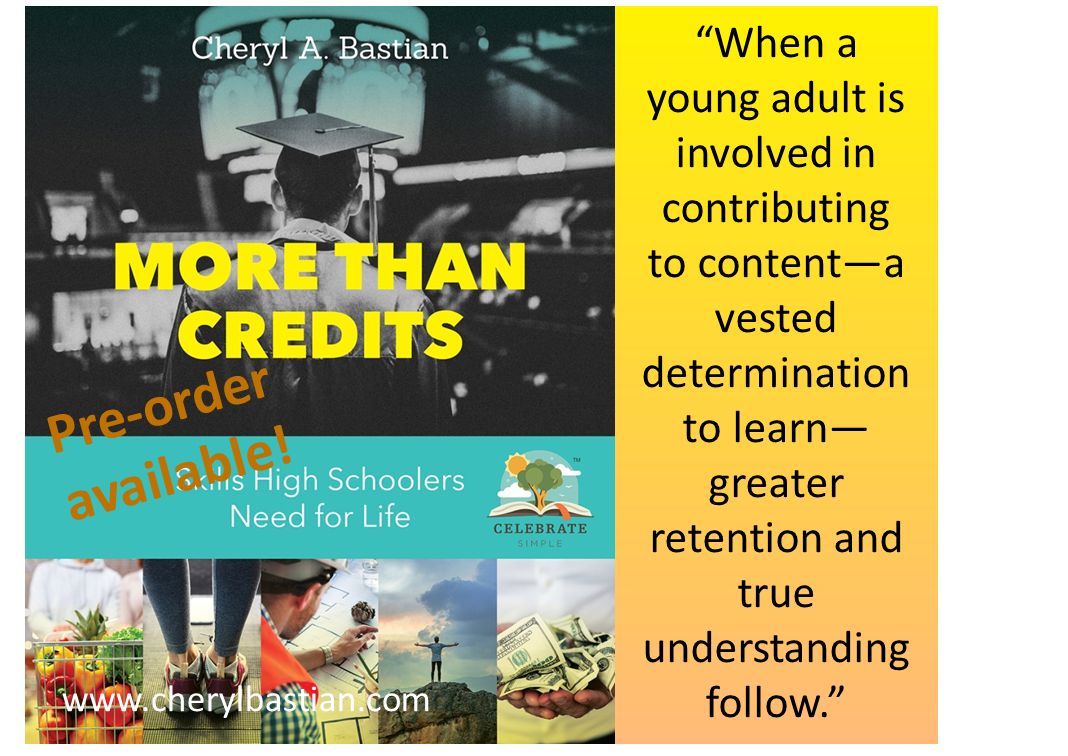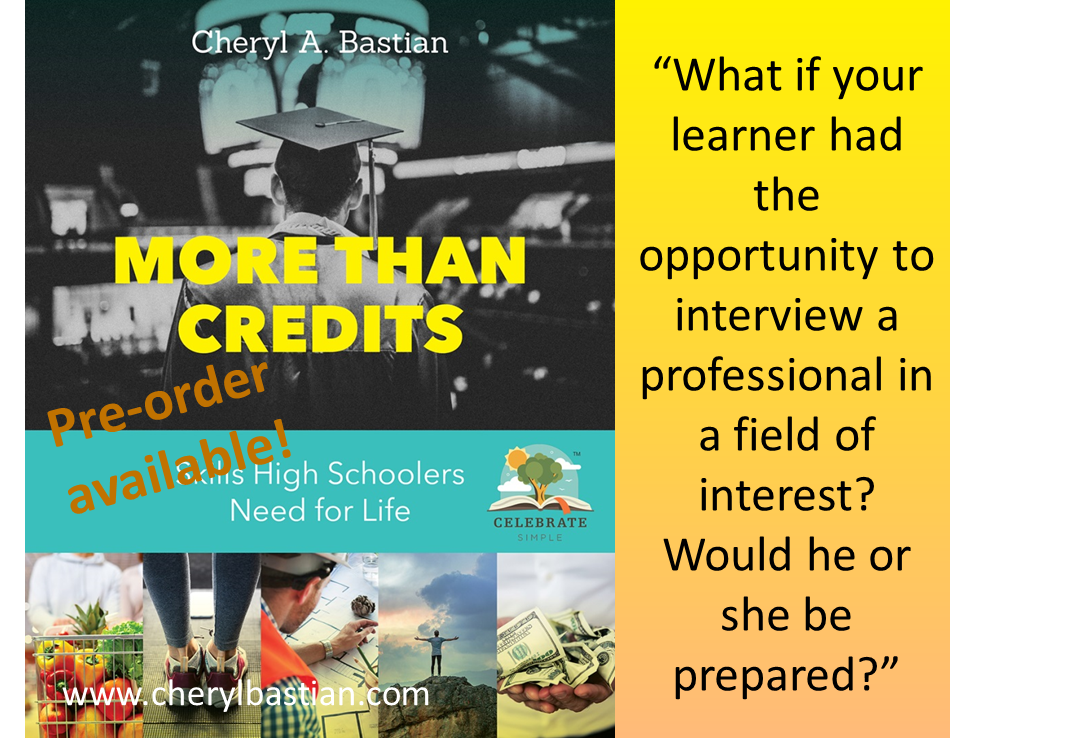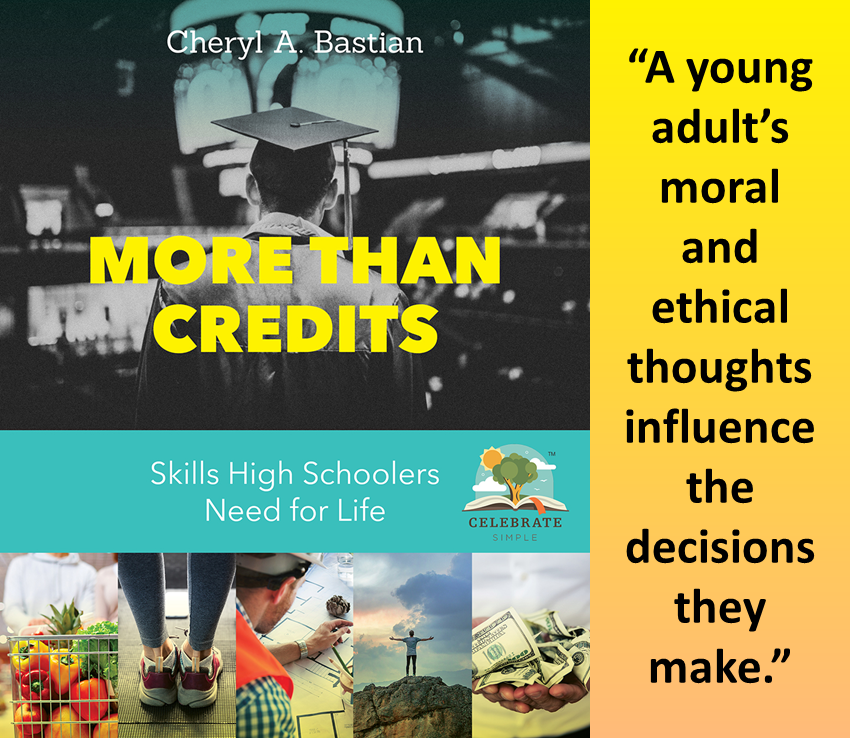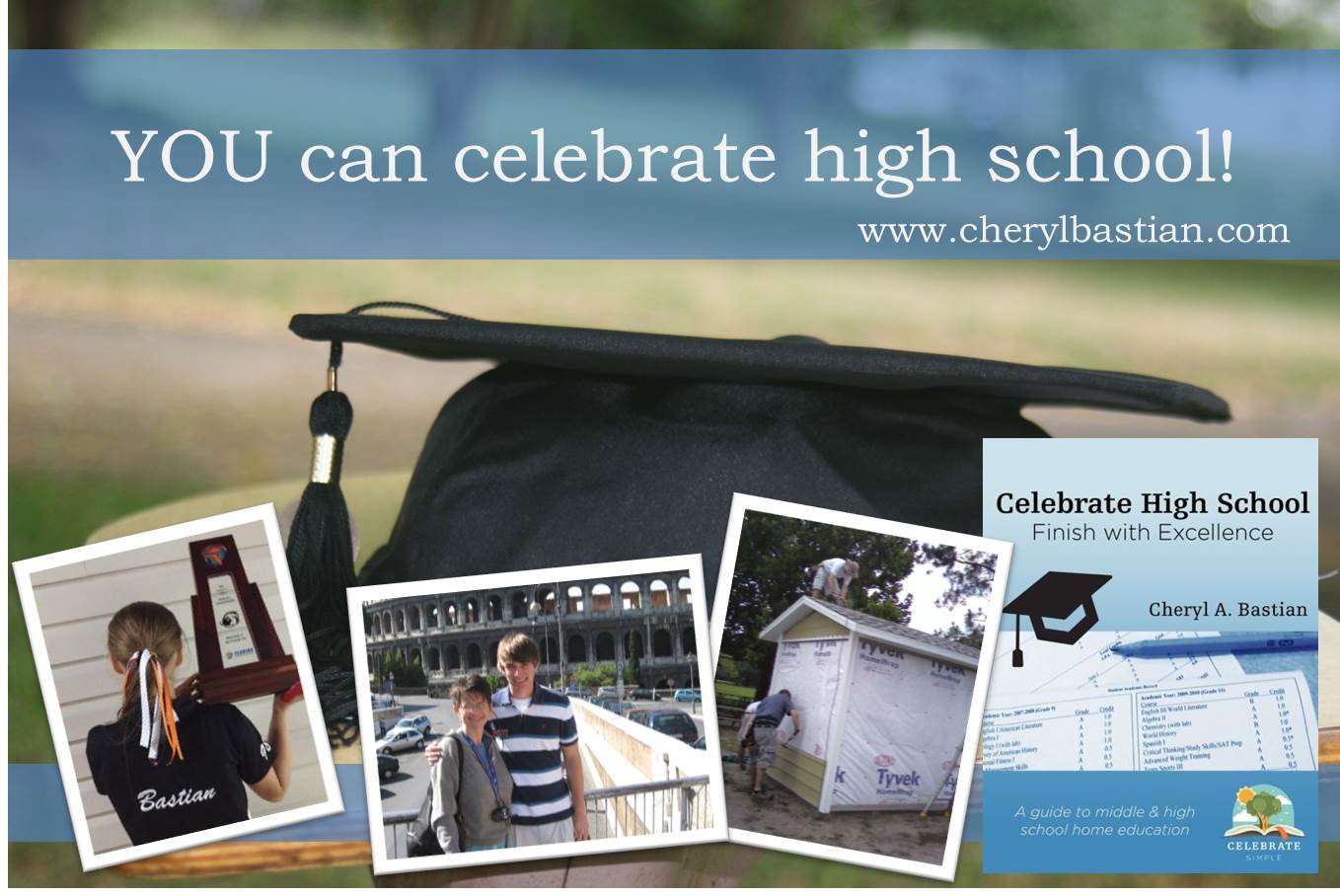Celebrating the Senior Year
/We’re celebrating another senior. Bittersweet in some ways, exciting in others. Emotions and feelings vary day-to-day, even minute-to-minute, for parents as well as the grads-to-be.
In these spaces there’s the potential to bring us together—deepening relationships—kindness, grace, and room for processing the feelings and emotions of the milestone are vital to smooth transitions in the journey.
This year is our fifth senior year. Each one’s been different, unique. We’ve had athletes experiencing that “last” game, seniors pondering whether to make the decision to venture to an out-of-state school or manage costs and remain close. Some have worked in the field while attending school, others launched and then looked for work.
In addition, I've also walked alongside many, many parents of seniors.
Takeaways? Indeed, there are.
There’ve been tears with goodbyes, smiles celebrating weekend visits, and multitudes of reflections accompanied by sweet memories.
The one common thread? Each parent and each student processes the season in his or her distinct way.
Listen Intently. Listening without an agenda can be difficult, especially if the senior year brings about changes, new experiences—moving onto campus, remaining at home and taking on a job, watching as friends enter the next season of life. Being available and listening without chiming in with opinions or throwing a zinger help celebrate the senior year as well as the graduate, with all the uniqueness encompassed.
Give Time. Give them time to process. Changes abound. For some graduates-to-be, the looming change will be moving to a residence hall on college campus. For others, the bittersweet will come as an athletic era comes to a close; not playing the sport enjoyed for a decade or more can be difficult. Learners and parents need space and time to process the pending changes, with grace to reflect on the hard as well as the triumph. Taking time to express affirmation and or offer a hug go along way, too.
Keep an Open Mind. Interests wane. Possibilities arise. A learner who never desired to go to college may decide to apply, last minute, during the winter of senior year. Likewise, a young adult once considering one college may choose to pursue an employment opportunity. Plans change. And, sometimes plans change more than once! When they do, young adults supported by loving, supportive parents willing to look for solutions and possibilities are more likely to navigate change with courage and confidence.
“Young adults supported by loving, supportive parents who are willing to look for solutions and possibilities are more likely to navigate change with courage and confidence. ”
As challenges surface in the high school years, breathe! Consider options. Make adjustments. Encourage your young adult through the journey—the trials and the triumphs. In doing so, you and your high schooler—together—can adjust plans and head out in a different direction, if needed.
Anticipate Beyond the Tassel. As your learner walks through the high school years toward the turning of the tassel, remember that the final walk across the stage is just the beginning. The picture is much bigger than the knowledge stored up in the learner’s mind. It is not even about the universities to which the learner has been accepted. Though there are great accomplishments behind those acceptance letters, they don’t have to define the person. The celebration is about whether the young adult understands his or her strengths and has a willing, open heart eager to make a difference in the community, the nation, and the world. That is what it means to plan and finish well, and it is well worth the time, energy, and sacrifice put forth by you and your young adult. YOU can finish well and celebrate high school!



















